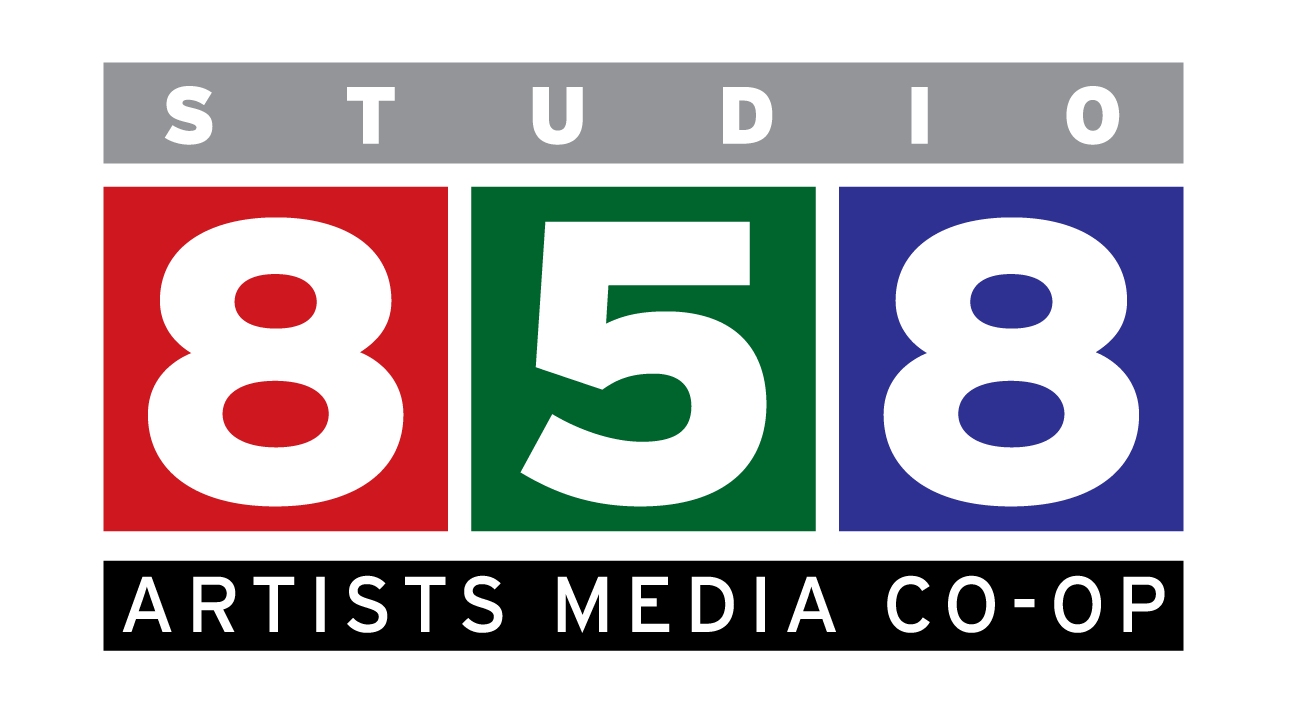For every photo we make, we have four parameters of exposure to work with to get a good image: ISO, aperture, shutter speed and light. The last of these, light, is frequently not in our control (though it can be - check our list of classes at the STLPA to find out more), so what about the others I've listed here? ISO, for instance. You may be wondering, if you are relatively new to the photographic world, just what the heck this setting called "ISO" (pronounced eye-ess-oh) is all about. And wonder you should. You will hear people say such things as;
"A high ISO will make your photos look "grainy", or "use a low ISO for better quality photos", "use a high ISO in low light" and "use a low ISO in bright light." It seems ironic that in this new century, the "age of information", most folks making grand pronouncements on any subject imaginable are operating with a bare minimum of the facts. These statements regarding ISO are, however, true, if not quite universally understood. So let's back up a bit to the days of film when the ISO label was first introduced and see if we can figure things out.
It used to be called "ASA" in this country, (ooh, say can you see!) and as you might guess from my little nod to the Best Ever National Anthem (all about rockets and red glare and bright stars and perilous fights and fitful blowing and foul footsteps pollution and the home of the brave) the first letter of ASA stands for American (which in spite of all temptations to belong to other nations, I remain) and the S and other A represent "Standards" and "Association" respectively, an organization that is celebrating its 100th anniversary this year and is currently known as the ANSI.
The ASA (as it was known then) created a system of rating the sensitivity to light of any given photographic film on a scale that reflected the arithmetic progression of exposure. In other words, when twice as sensitive to light the number was twice the previous number. 400 ASA film is twice as sensitive to light as 200 ASA film, which is twice as sensitive as 100 ASA film, which in its turn is twice as sensitive to light as 50 ASA film, which, not surprisingly to you, dear reader, is twice as sensitive as 25 ASA film. Yep, there used to be 25 ASA film, and I used it in my youth, before Mama took it away.
The Germans had their own system of rating sensitivity of film to light, established in a blatant attempt to put Deutschland über alles by the Deutsches Institut für Normung (DIN - that's German for "Kraut Way of Doing Stuff"), a standards organization established one year before the ASA got going, but theirs was a logarithmic method of rating that went up three numbers for every 2x increase in sensitivity to light. For instance, a film that had an ASA of 100 was rated at a DIN of 21, ASA 200 equaled DIN 24 and ASA 400 equaled DIN 27. We Americans found this a bit counterintuitive, to say the least, and apparently so did the rest of the world, so in the 1980's, when the International Standards Organization (guess what its acronym is) changed the designation of film sensitivity from ASA to ISO, 400 speed film became ISO 400/27 and then, after a bit to let the Germans get distracted by other things, such as reunification, just the ISO 400 that we know and love today.
The way film was made more sensitive to light involved various dyes added to the formula, and, more importantly, making the grains of silver on the film's surface larger, so they were more likely to be hit by light, the number one reason that higher speed films were "grainier" than low speed films. Digital sensors work a bit differently.
Each digital sensor has a native ISO determined by measuring the characteristics of the images captured at various ISO settings and finding the speed with the widest dynamic range (details in darkest shadows to brightest highlights) and least noise. This is the base, or "true" ISO of the sensor. Higher ISO settings are achieved by amplifying the signal from the sensor to the processing chips that create the digital images. As the camera amplifies the signal, it also amplifies the noise that is inherent in the image until it reaches a point where we find it to be unacceptable (in other words, Really Ugly). It used to be, when we used film all the time, we had to change film to change our ISO, but one of the great advantages of digital photography is that we can change the ISO setting whenever we want (or let the camera set it automatically, as it sees fit - is it smarter than we?). So, rather than depend solely on aperture (how much light is passing through our lens) or shutter speed (how long the light is flowing into our cameras), we can also, for each individual image, control the sensitivity of the camera to light through the ISO settings, giving us a total of three parameters to work with for every situation where we cannot control the light available to us.





